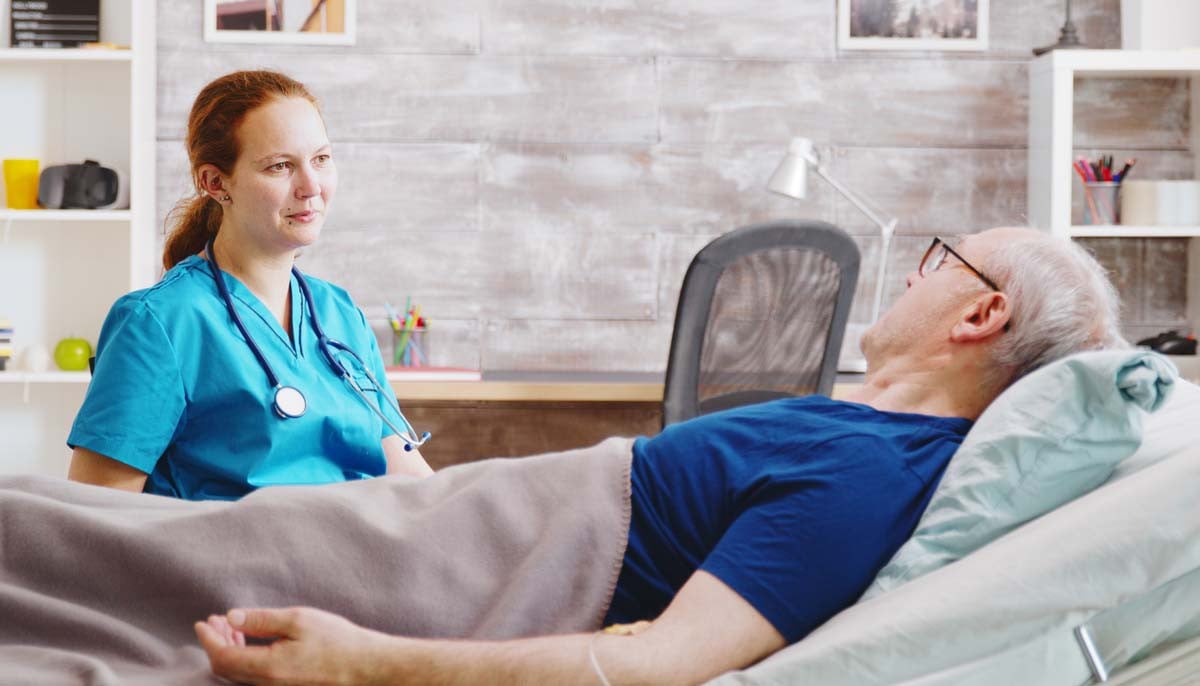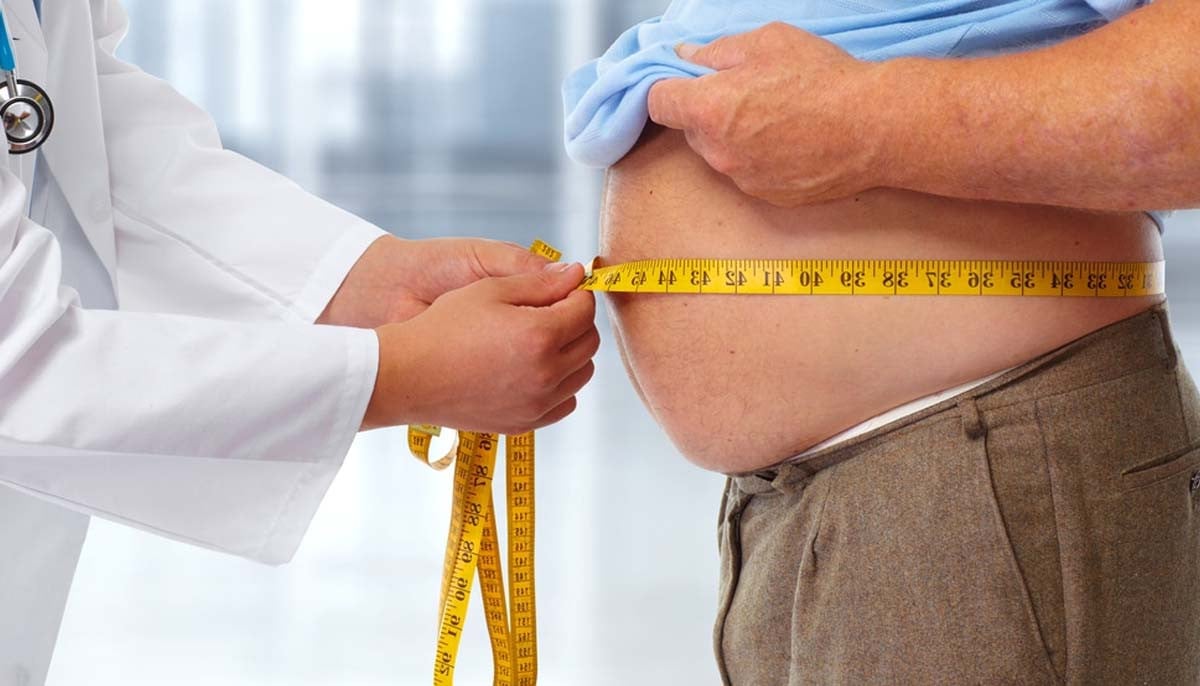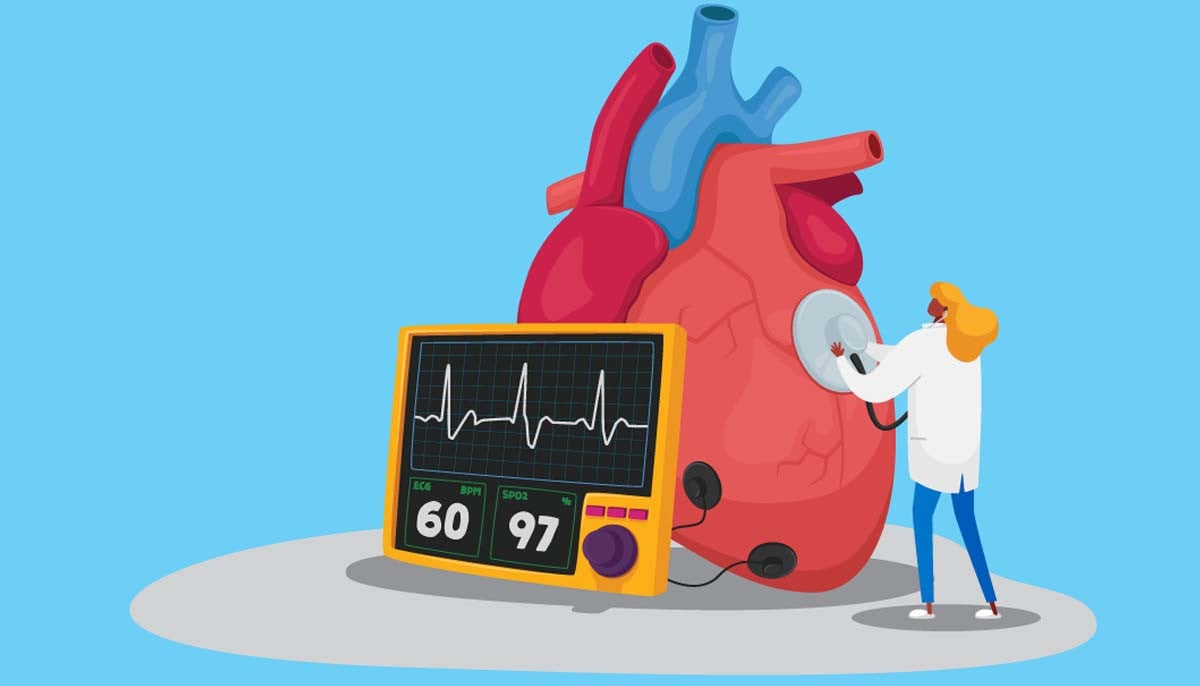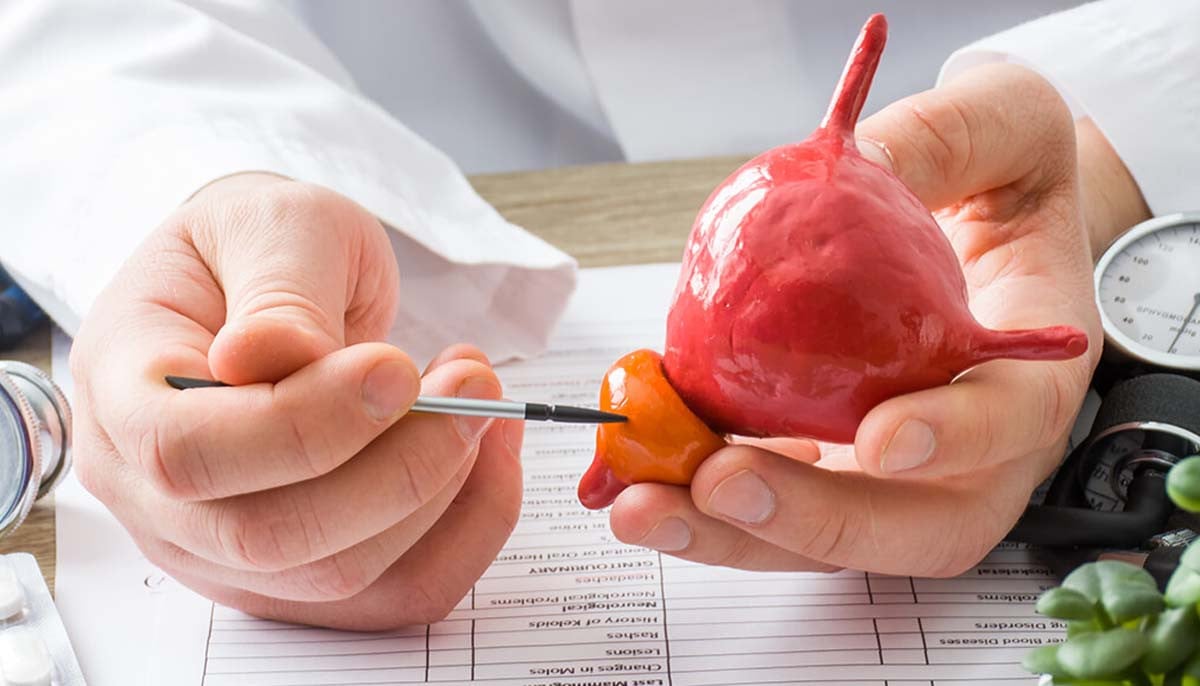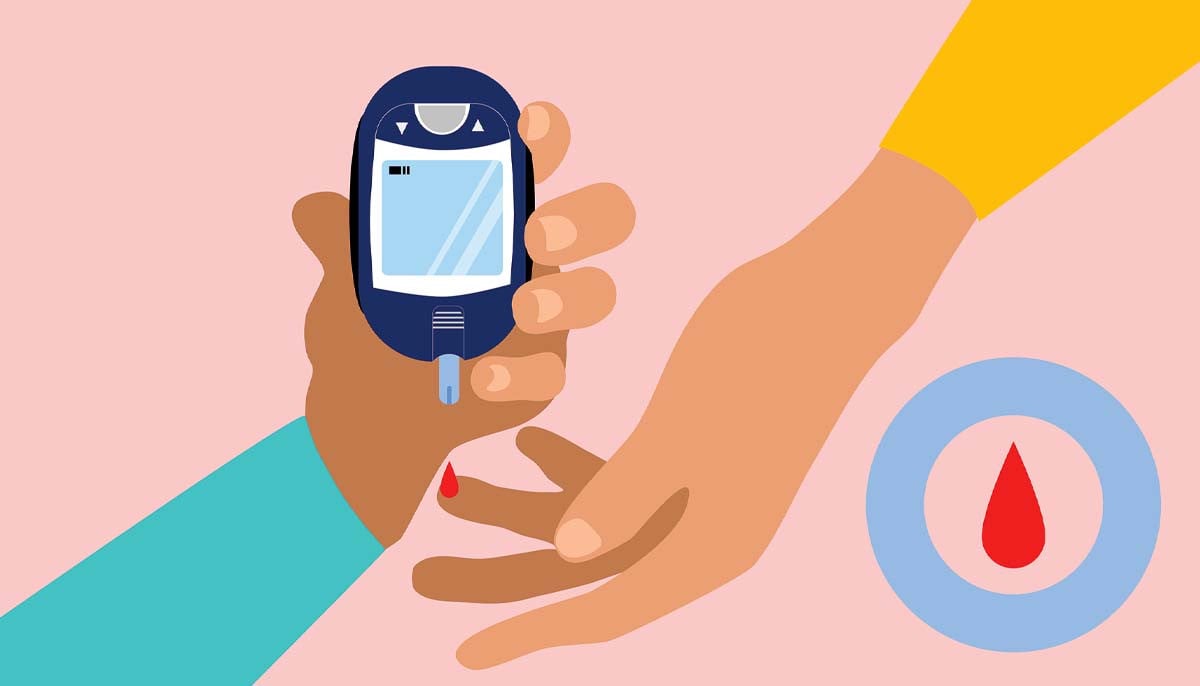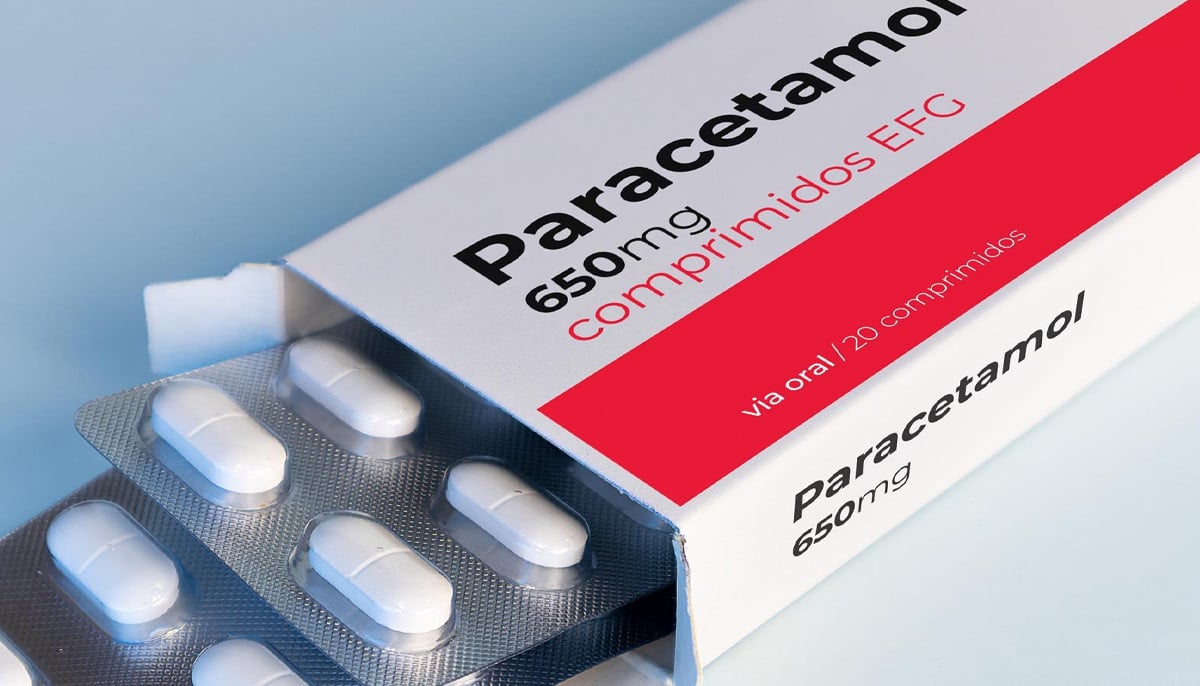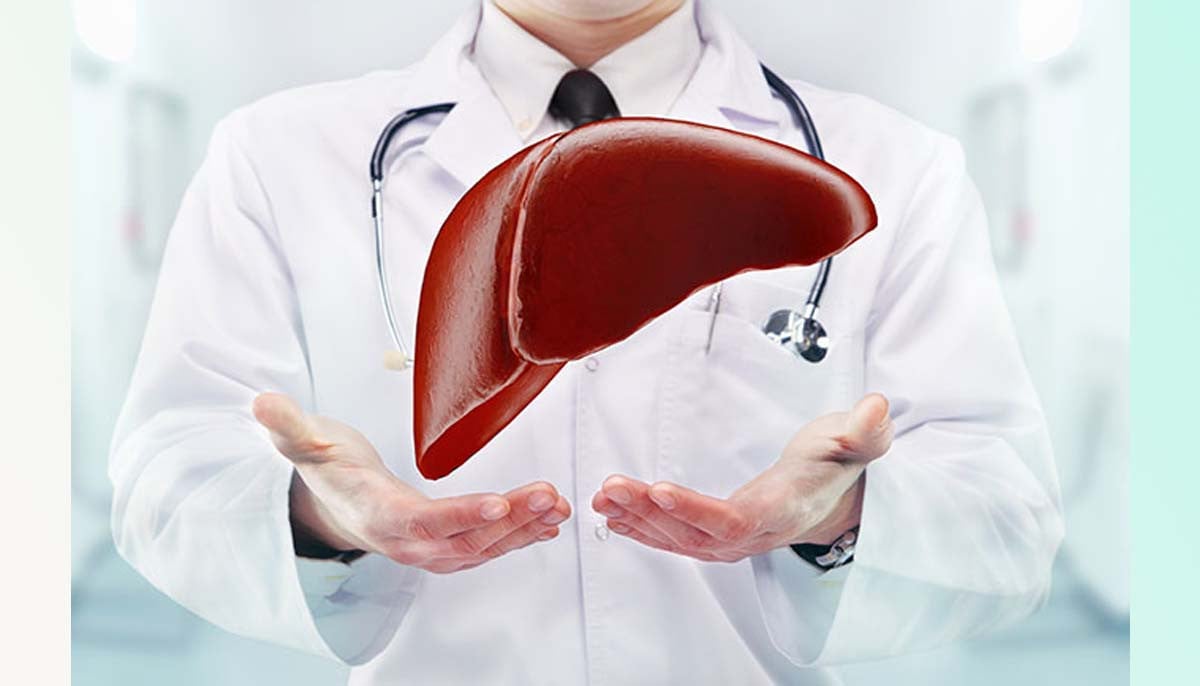Obese woman undergoes robotic surgery for diabetes at Jinnah Hospital
Diabetic patients would not require any medicine or insulin after surgery, says Professor Shahid Rasool
KARACHI: For the first time in the country’s history, a robotic surgery was performed on an obese woman to treat diabetes at Karachi’s Jinnah Hospital.
Professor Shahid Rasool, who led the operation, told Geo News that after this procedure, diabetic patients would not require any medicine or insulin to control blood sugar levels.
The successful robotic surgery for obesity and metabolic issues involved reducing the stomach size as well as reducing the size of the large intestine to speed up digestion.
The hour-long operation was performed on a 45-year-old obese woman of 140kg weight, suffering from diabetes.
Professor Rasool stated that the surgery would help the woman to lose weight and reverse diabetes.
Following the surgery, patients would no longer require medication for diabetes and the surgery proved effective in around 70% similar cases.
Jinnah Hospital has performed 135 robotic surgeries, including general surgeries, urology, and gynecology, since September 2023.
The medical facility has conducted a total of 135 robotic surgeries, including those in urology, gynaecology, and general surgeries, since its inception in September 2023.
Specialised training sessions were held for gynaecological robotic surgeries, given their complexity, alongside workshops organised within the hospital.
A workshop for gynecological robotic surgeries was also conducted at the hospital. Robotic surgeries for metabolic issues have not been performed in the neighboring countries of Pakistan.
This is the first time in Pakistan's history that robotic surgeries for obesity and metabolic issues were conducted.
Laparoscopic surgery rotates at a 180-degree angle, while robotic surgery's arms can rotate at a 360-degree angle. It offers three-dimensional vision, reducing operation complexities and minimising blood loss and incision size.
-
New research finds back pain may disrupt men’s sleep quality later in life
-
Do you have depression or is it just Monday blues? Find out where science stands
-
Air pollution may play a role in prostate cancer risk, experts warn
-
Type 2 diabetes hidden trigger in daily food revealed
-
Find out how you can avoid diabetes at your home
-
Pregnant women fighting 'like hell' against paracetamol?
-
‘Stranger Things’ star David Harbour speaks up about ‘psychotherapy’
-
Serious liver scarring shows potential to be reversed with latest drug
